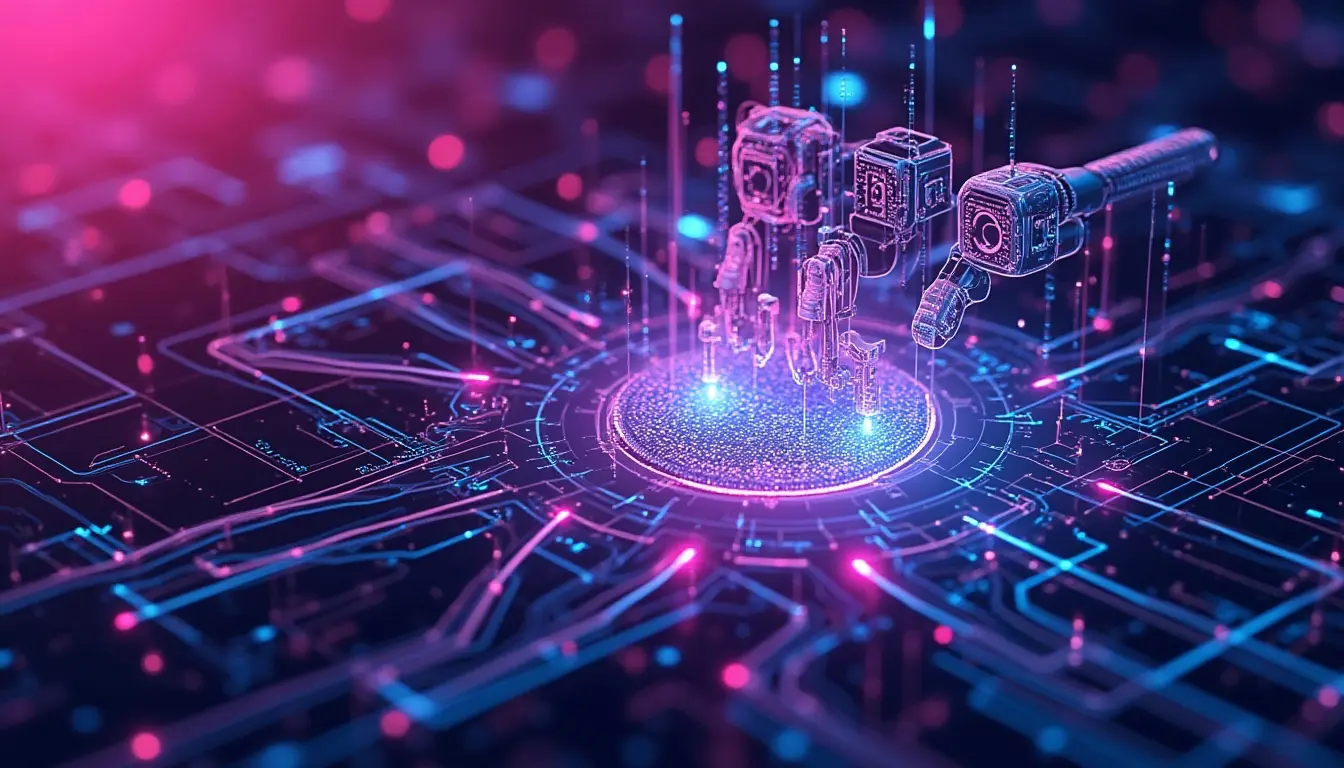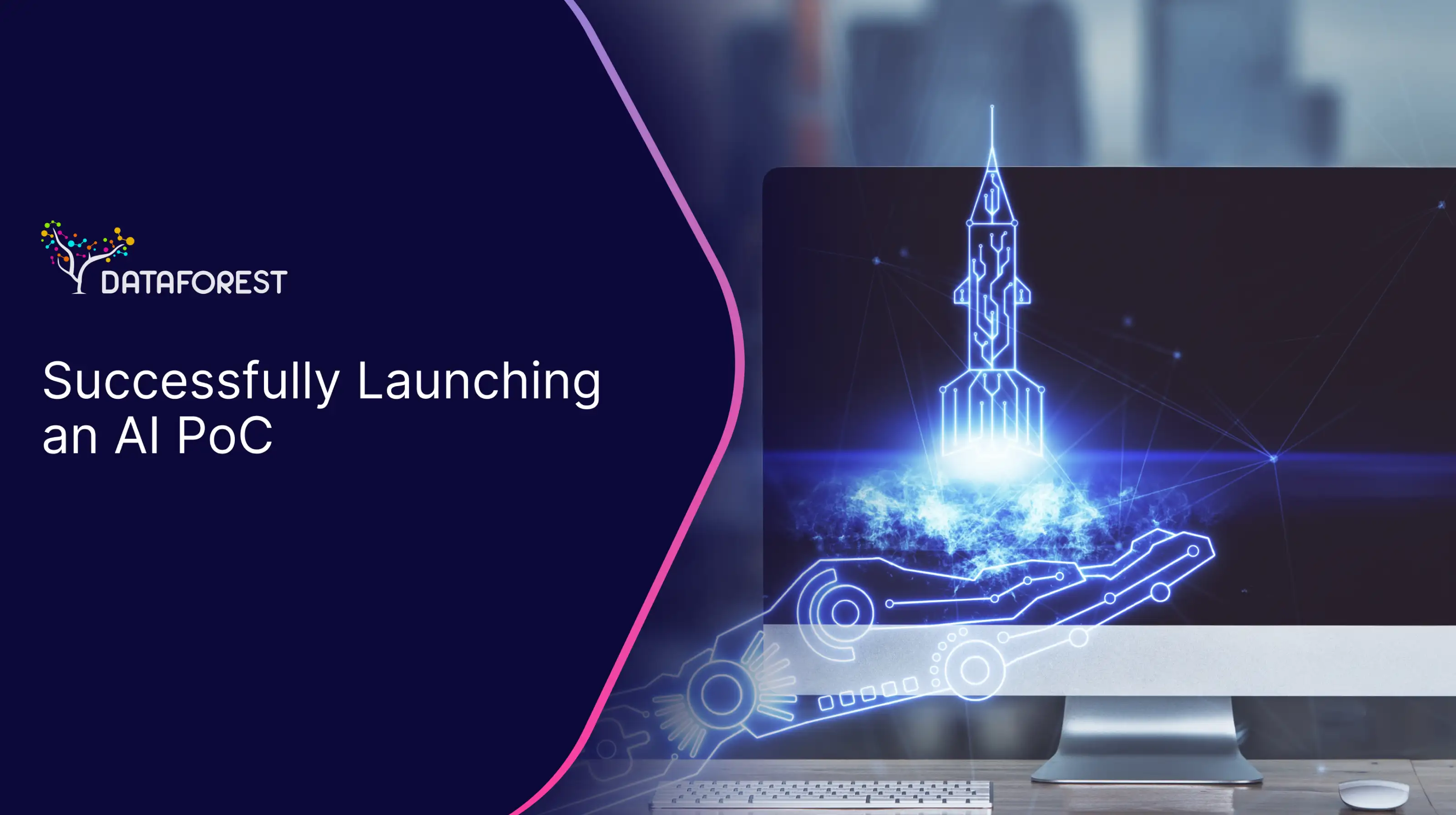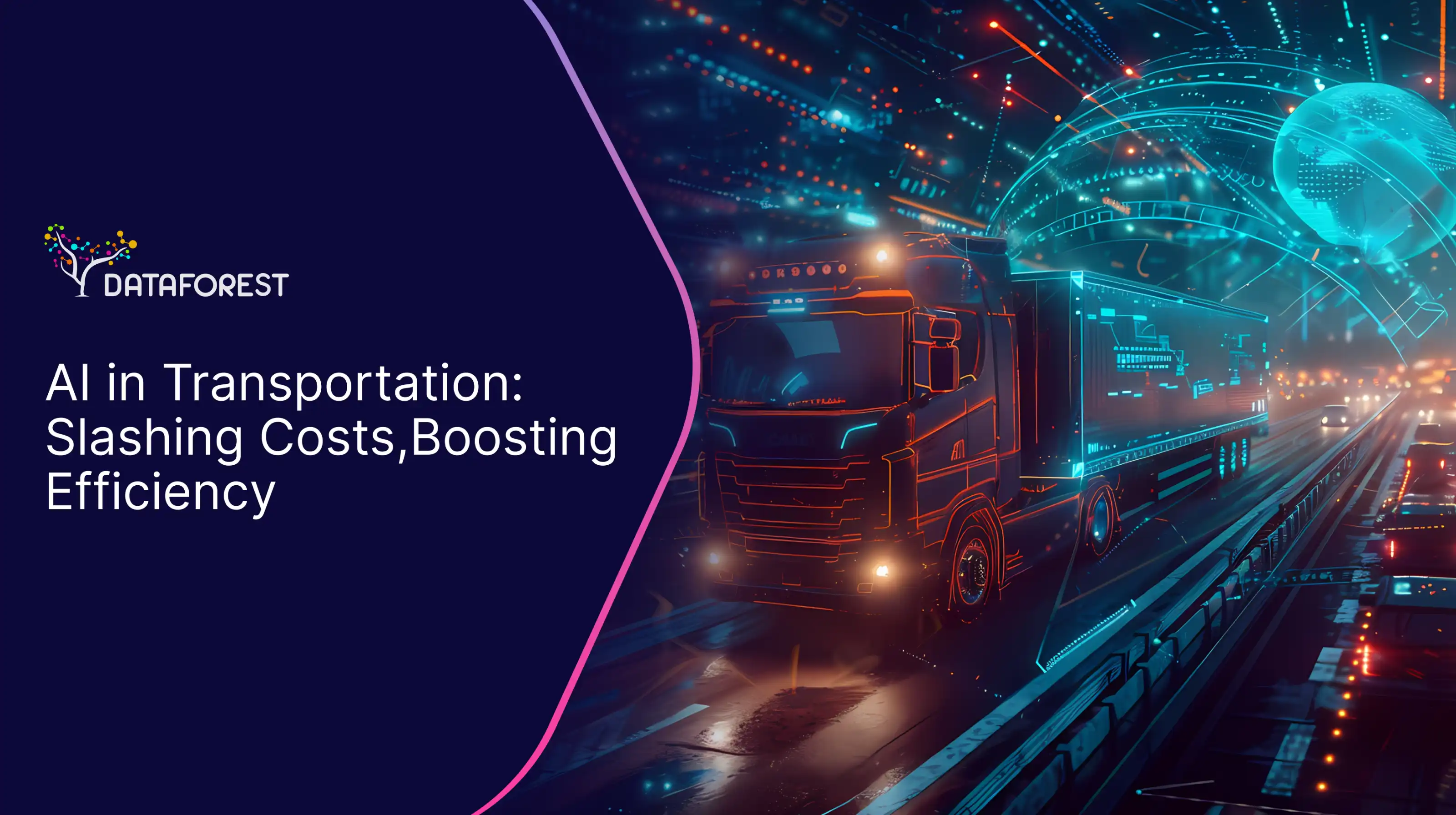Share
Table of contents:

Automation refers to the use of technology to execute tasks with minimal or no human intervention. Its purpose is to increase efficiency, reduce errors, and ensure consistency across repetitive or complex processes. Automation spans multiple domains — from industrial manufacturing lines to IT operations, business workflows, and AI-driven decision-making systems.
Core Characteristics
Reduction of Manual Work:
Automation reduces the need for manual effort by transferring repetitive and rule-based tasks to machines, software, or scripts. This allows human workers to focus on strategic and creative responsibilities.
Increased Efficiency:
Automated systems can operate continuously and at speeds beyond human capability, which shortens processing times, improves throughput, and accelerates service delivery.
Accuracy and Consistency:
By eliminating human error, automation ensures standardized execution and predictable outcomes. This improves quality control and customer satisfaction.
Scalability:
Automated processes are easy to scale up or down based on demand, enabling organizations to handle peak loads without proportionally increasing workforce size.
Technological Integration:
Automation often relies on interconnected systems — robotics, IoT devices, and enterprise software — enabling seamless data flow across business functions.
Data Utilization:
Automated systems frequently collect and analyze operational data in real time, providing insights for optimization and faster decision-making.
Types of Automation
Industrial Automation:
Uses machinery, robotics, and control systems to improve manufacturing efficiency. Common examples include programmable assembly lines, robotic arms, and real-time production monitoring.
IT and Software Automation:
Streamlines software testing, deployment, infrastructure provisioning, and monitoring. Continuous Integration/Continuous Deployment (CI/CD) pipelines are widely used to automate code delivery.
Business Process Automation (BPA):
Automates complex workflows such as order processing, document routing, customer relationship management (CRM), and supply chain operations.
Robotic Process Automation (RPA):
Focuses on automating repetitive digital tasks (e.g., data entry, form processing). RPA bots mimic human interactions with software but operate faster and more reliably.
Home Automation:
Applies automation to consumer environments through smart devices that manage lighting, climate control, security, and appliances remotely or on schedule.
Data Pipeline Automation:
Automates Extract-Transform-Load (ETL) processes, enabling data collection, cleaning, and analysis without manual intervention, supporting real-time business intelligence.
AI-Powered Automation:
Incorporates machine learning and artificial intelligence, allowing systems to adapt based on patterns and feedback, leading to predictive and self-optimizing operations.
Technical Aspects
Scripts and Macros:
Lightweight automation implemented through scripting languages (Python, Bash) or macros (Excel, Google Sheets) to execute repeatable tasks.
Control Systems:
Industrial automation frequently uses Programmable Logic Controllers (PLCs) and Distributed Control Systems (DCS) to monitor sensors, control machinery, and regulate production processes.
Workflow Automation Platforms:
Low-code or no-code tools like Zapier, n8n, and Microsoft Power Automate connect multiple applications and trigger actions automatically based on events or conditions.
AI-Driven Automation:
Advanced systems use machine learning to optimize decision-making in real time, detect anomalies, and predict demand, continuously improving over time.
Strategic Value
Automation provides measurable business benefits:
- Operational Efficiency: Faster cycle times and reduced overhead.
- Cost Savings: Lower labor costs and reduced rework.
- Reliability: Consistent process execution and quality control.
- Agility: Rapid response to demand fluctuations and market changes.
As organizations advance their digital transformation initiatives, automation becomes a cornerstone of competitiveness. When combined with analytics and AI, it enables predictive, adaptive, and fully autonomous systems.











